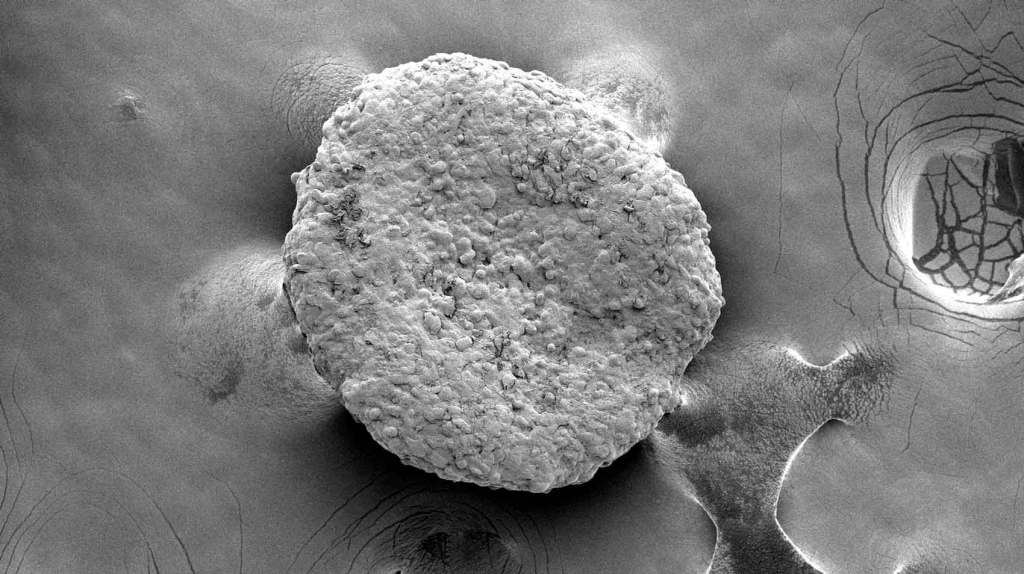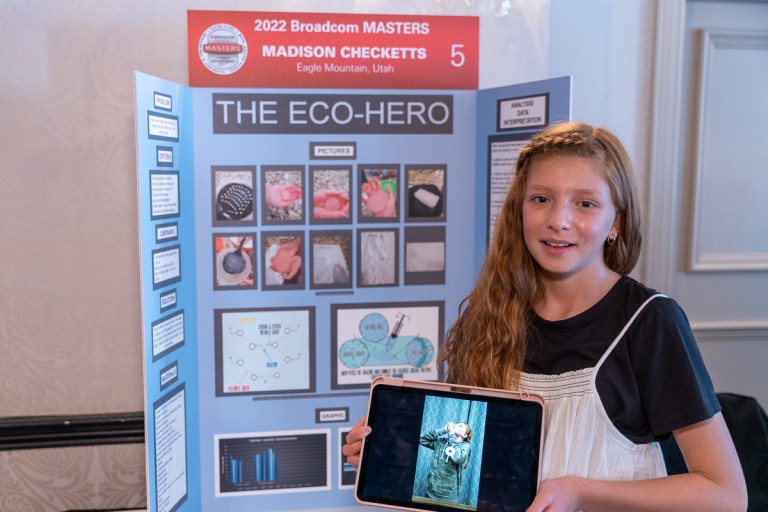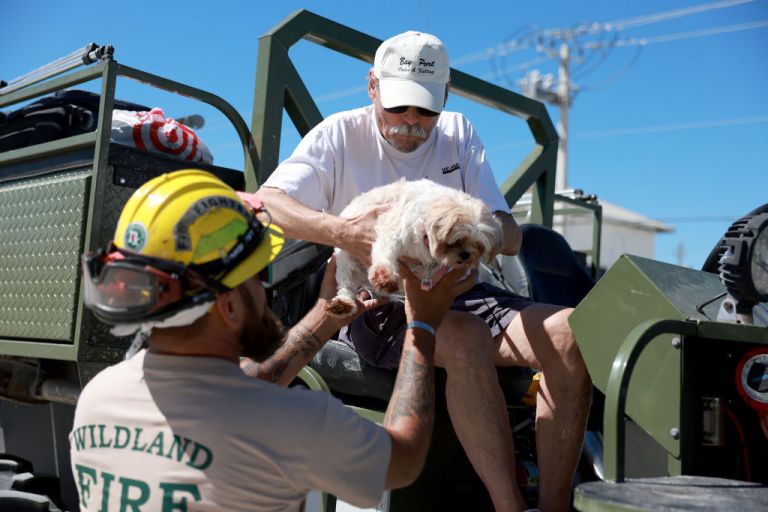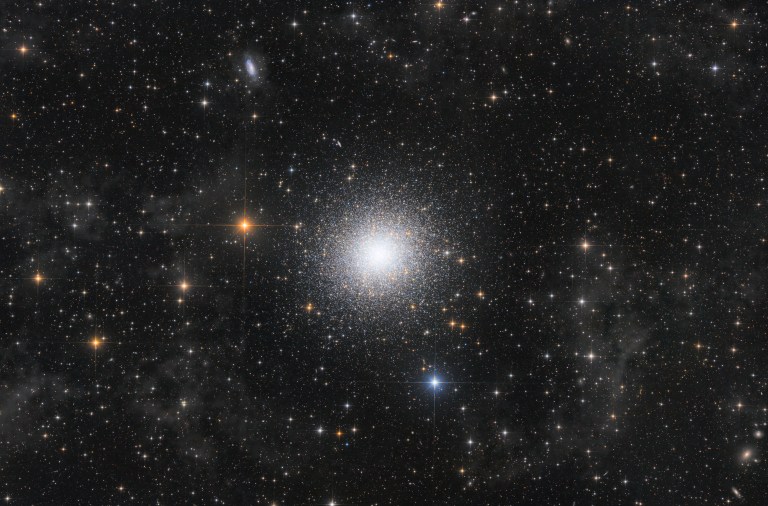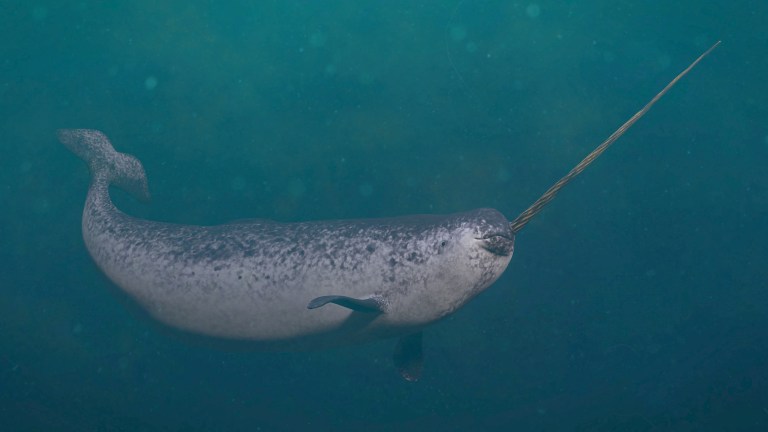Contrary to popular belief, body fat isn’t all bad. It’s an essential source of energy that helps regulate hormones, control body temperature, and absorb vitamins and minerals. And thanks to new research from the University of California, San Francisco, body fat could prove even more of a superpower — as a certain type may soon help us fight at least five types of cancer.
How is this possible? The researchers discovered that when they implanted engineered fat cells next to tumors in mice, the fat devoured all the nearby nutrients, causing most of the tumor cells to starve and die. Not only was this approach surprisingly effective, but it’s also relatively easy to perform, per the study’s senior author, Nadav Ahituv.
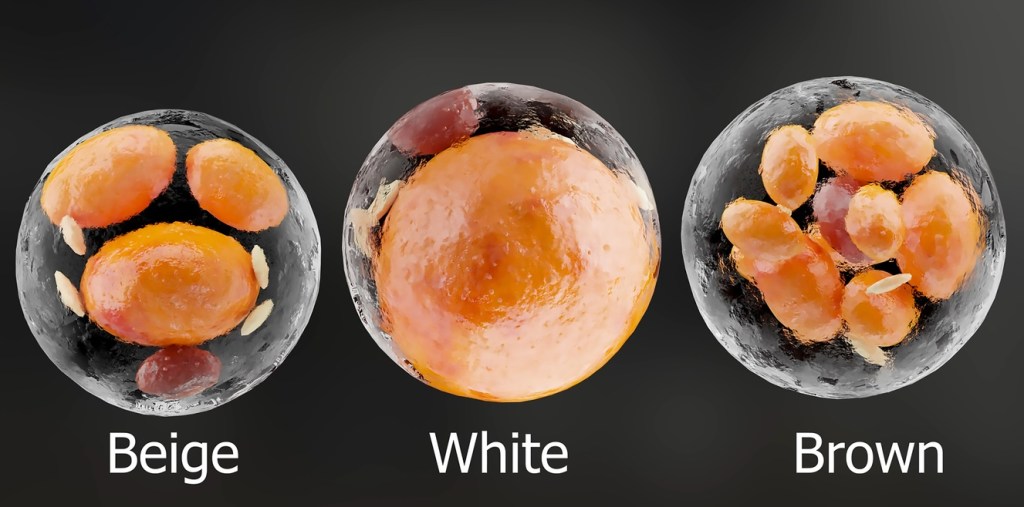
“We already routinely remove fat cells with liposuction and put them back via plastic surgery,” Ahituv said in a statement. “These fat cells can be easily manipulated in the lab and safely placed back into the body, making them an attractive platform for cellular therapy, including for cancer.”
But not just any type of fat will do. To get the documented results, the scientists used gene-editing tool CRISPR to convert white fat cells — which store energy and are the most abundant type in our bodies — into beige ones. The latter generate heat by consuming calories, and can thus be thought of as “hungry” fat cells.
To create the beige cells, two of the team’s researchers homed in on genes that are dormant in white fat cells but active in brown fat cells, which also generate heat. Additionally, they altered certain cells to favor specific nutrients that some types of cancer are hungry for. Then the scientists tested how the resulting beige cells reacted when grown with different kinds of cancer cells in a trans-well petri dish.
Not only did the fat cells starve out two strains of breast cancer cells, but they also gobbled up nutrients before colon, pancreatic, and prostate cancer cells could.
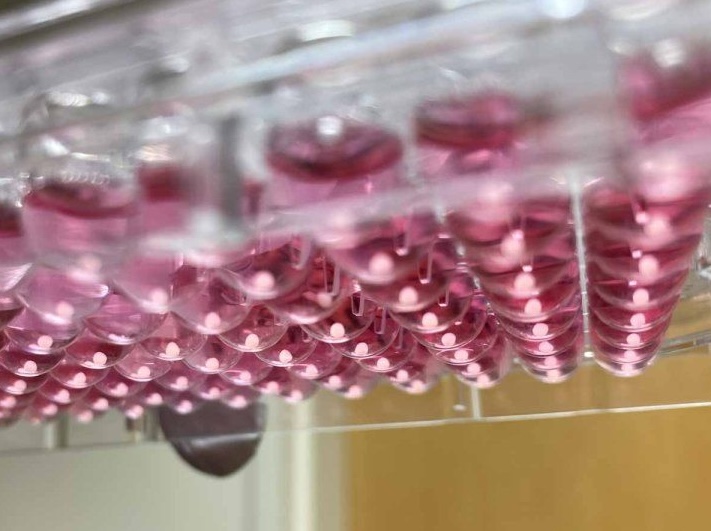
“In our very first trans-well experiment, very few cancer cells survived. We thought we had messed something up — we were sure it was a mistake,” Ahituv said. “So, we repeated it multiple times, and we kept seeing the same effect.” When the experiment was replicated in mice, it was successful against breast, pancreatic, and prostate cancers.
“Combined, our results introduce a cancer therapeutic approach that has the potential to treat numerous cancer types,” the study authors wrote.
The researchers then moved onto testing in human tissue — specifically, breast cancer mastectomies. They gleaned fat from patients’ samples, turned it into beige cells, and placed it in a petri dish with the same person’s cancer cells. The beige cells outcompeted the cancer cells for nutrients again, even when both types of cells were inserted into mouse models.
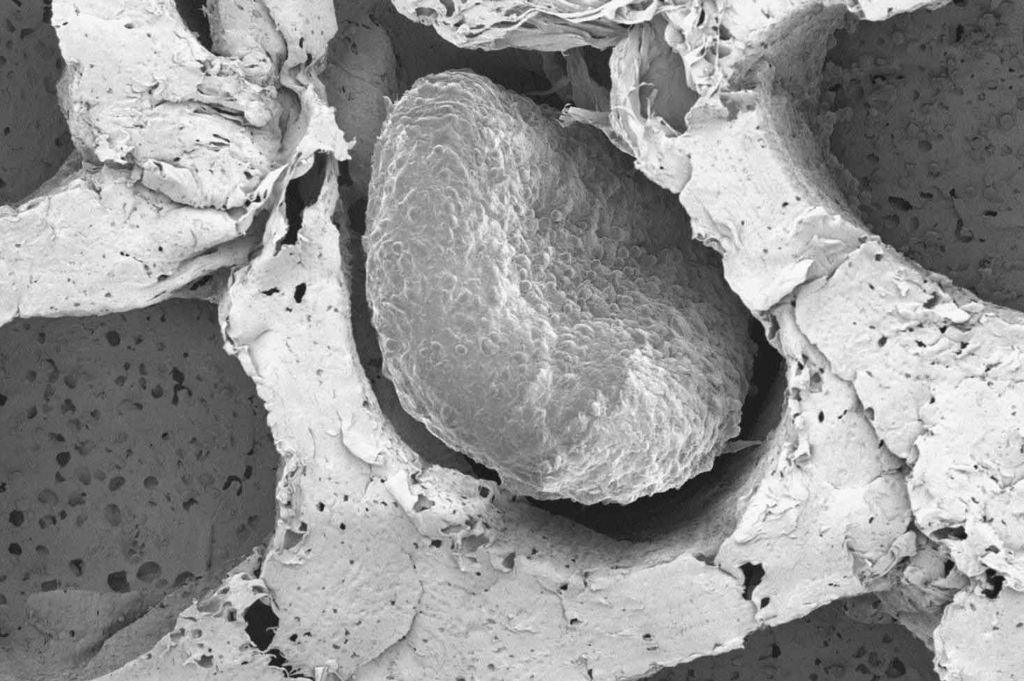
This isn’t the first time fat cells have been shown to help get rid of cancer. A 2023 study found that brown fat could deplete the nutrients needed for tumor growth when the mice studied were placed in a cold environment. “However, situating cancer patients in cold conditions for extended periods is challenging,” the authors of the recent study noted.
The new findings open the door to a potentially more accessible treatment. “With fat cells, there’s less interaction with the environment, so there’s very little worry of the cells leaking out into the body, where they might cause problems,” Ahituv said, adding: “The sky’s the limit for these fat cells.”
RELATED: Manuka Honey Inhibits Breast Cancer in Humans Cells — And Could Extend to Other Cancers, Study Says
